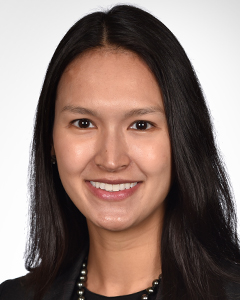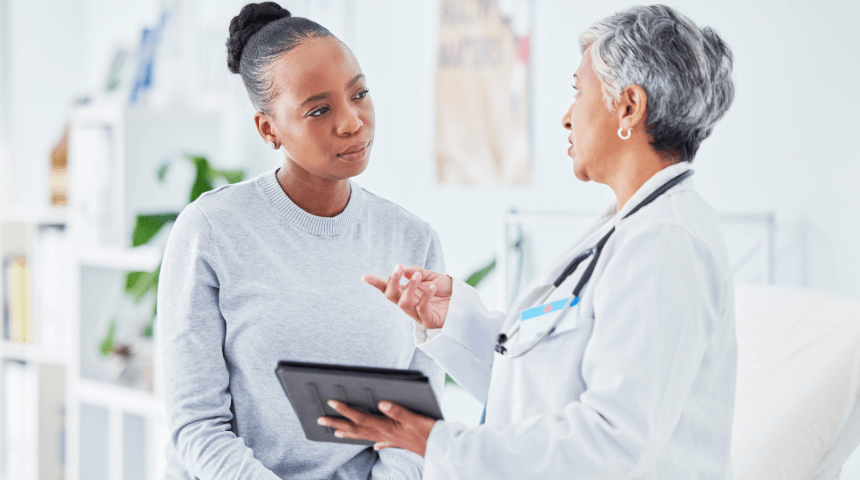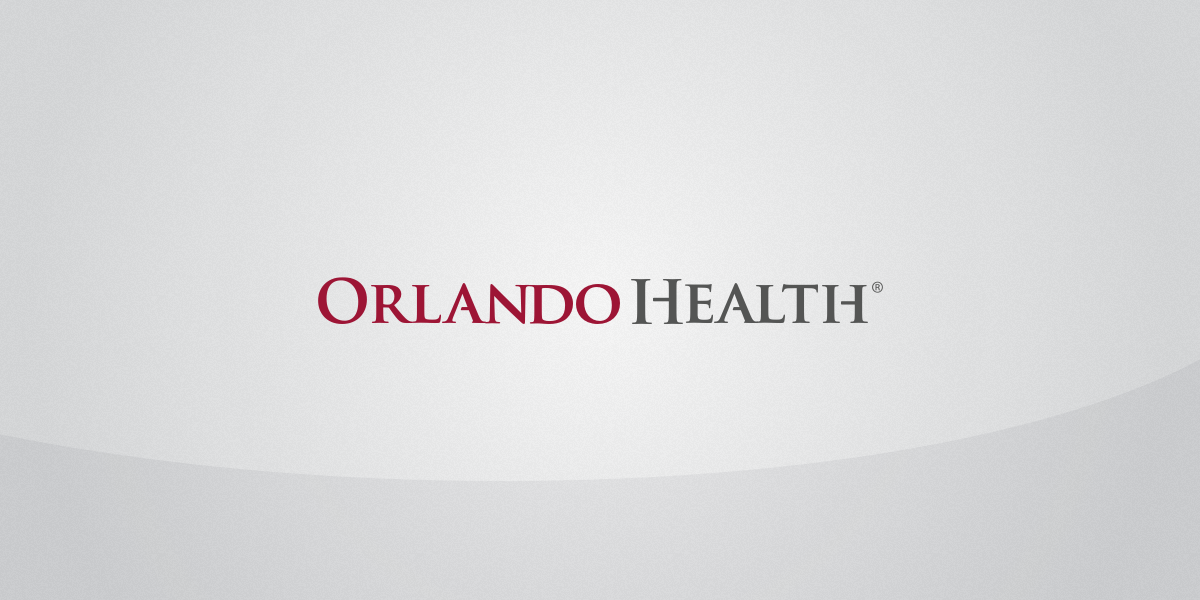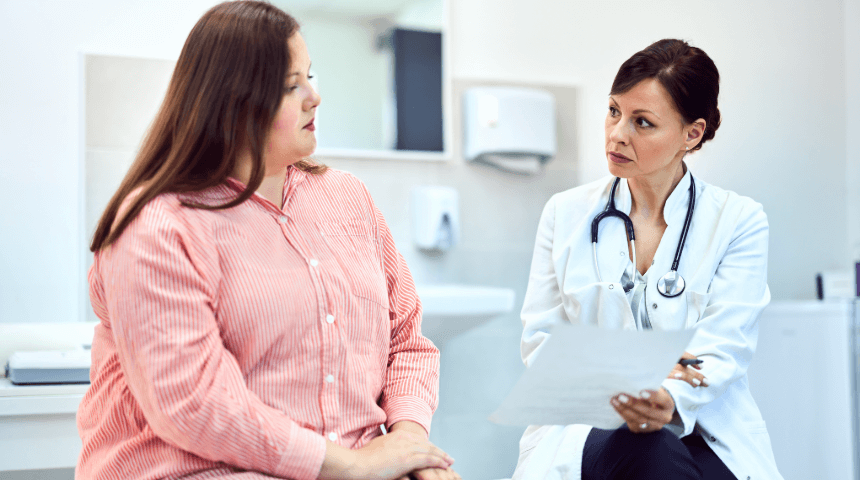A simple assessment test likely saved actress Olivia Munn’s life.
A healthy early-40s mom to a preschool-age child, Munn learned she was at high risk for breast cancer despite a clean mammogram and negative genetic testing results.
Because the assessment said Munn had a high risk of developing breast cancer, Munn got a breast MRI even though her mammogram had not shown any concerns months earlier. The MRI — a more sensitive test that shows extreme detail — indicated a troublesome spot. As it turns out, Munn had not only breast cancer but an aggressive form of it. That early detection led to early treatment and, now, a cancer-free body.
The lesson here? Women should have breast cancer risk assessments, even if genetic testing comes back negative. They’re quick, simple and helpful.
What Are Breast Cancer Assessments?
Breast cancer assessments are question-and-answer tests that tell you how likely you are to have breast cancer during your lifetime.
A handful of tests are available, including the National Cancer Institute’s Breast Cancer Risk Assessment Tool, which you can take online; it’s also known as the Gail Model. The Claus model, an outgrowth of a sweeping national Cancer and Hormone study, and the Tyrer Cuzick Risk Model/IBIS, are among the other options.
Different tests are most helpful for different women, so talk to your primary care provider or OB-GYN about which version is best for you. Each assessment test has a different focus, such as hormonal factors, or relatives who’ve developed certain cancers. For example, the Tyrer Cuzick Risk Model/IBIS is preferred if you have a family history of breast cancer.
Breast Cancer Assessments Look at a Variety of Factors
All of these areas might determine which screening test is most appropriate for you:
- Your age
- Breast density
- Family history of breast cancer
- Family history of ovarian, pancreatic and metastatic prostate cancers
- Ethnicity (African-American and Ashkenazi Jewish women are at higher risk than most others)
- Certain past breast biopsy results
- Age when you gave birth to your first child
- Age when you first menstruated
- Smoking history
- Breastfeeding history
- If you’ve had hormone replacement therapy
- Age of menopause onset
- Body mass index (BMI)
- Alcohol consumption habits
- Exercise habits
A breast cancer assessment test result doesn’t mean you definitely will or will not be diagnosed with breast cancer in your lifetime. However, certain results indicate that you should be extra diligent about regularly having mammograms and possibly MRIs.
Your doctor might suggest you visit a genetic testing center so you can get even more information about risk factors. After learning about your personal health and family history, a genetic counselor will determine which assessment test is best for you.
A genetic counselor will also help you understand the results, including any information about genetic mutations, and spell out any preventive or screening actions you should take. They will address the BRCA1 or BRCA2 mutations, which are linked to certain aggressive breast cancers; many women who do not have BRCA1 or BRCA2 are still at high risk of developing breast cancer. The genetic counselor will use the risk assessment models to estimate your risk and connect you to the right clinic for management.
How To Use the Results of Breast Cancer Screening Assessments
If your assessment determines you are at low risk for breast cancer, chances are your doctor will advise you to get a mammogram once a year starting at age 40 and live a healthy lifestyle.
Should your results show you that your risk of developing breast cancer is 20 percent or higher, you’ll be advised to step up your self-monitoring:
- Get tested more often. Continue your annual mammograms. The age to start depends on if you have a young family member with breast cancer.
- Add an MRI into your rotation. You’ll likely be told to have an MRI annually. Many women alternate, getting yearly mammograms and MRIs six months apart. That gives radiologists chances every half-year to catch new cancers before a potential tumor grows bigger. However, MRIs have two negatives: They involve using gadolinium contrast, which can cause a reaction and is a heavy metal with theoretical health risk, and MRIs are more likely than mammograms to have false positives, meaning you might be sent for biopsies that prove to be benign. Ultrasound and contrast enhanced mammogram can also be considered if you cannot tolerate the MRI.
- Take preventive medications. In some instances, your medical team might suggest you take a medication that has been proven to reduce the risk of developing breast cancer. That includes tamoxifen if you haven’t yet reached or finished menopause, and raloxifene or anastrozole if you are post-menopausal.
- Make healthy lifestyle choices. We should all eat colorfully with healthy fruits and vegetables and fewer processed foods, exercise regularly, drink little alcohol and avoid tobacco. If you’re assessed to be at high risk for breast cancer, you’ll have a specific reason for choosing these lifestyle choices, as a high body mass index, high alcohol consumption and smoking will increase your chances of developing breast cancer.
Breast cancer risk assessments will never replace self-exams, mammograms or MRIs for finding breast cancers. Still, they’re a free, easy way to know if you should be learning, and implementing, more ways to monitor your breast health.




